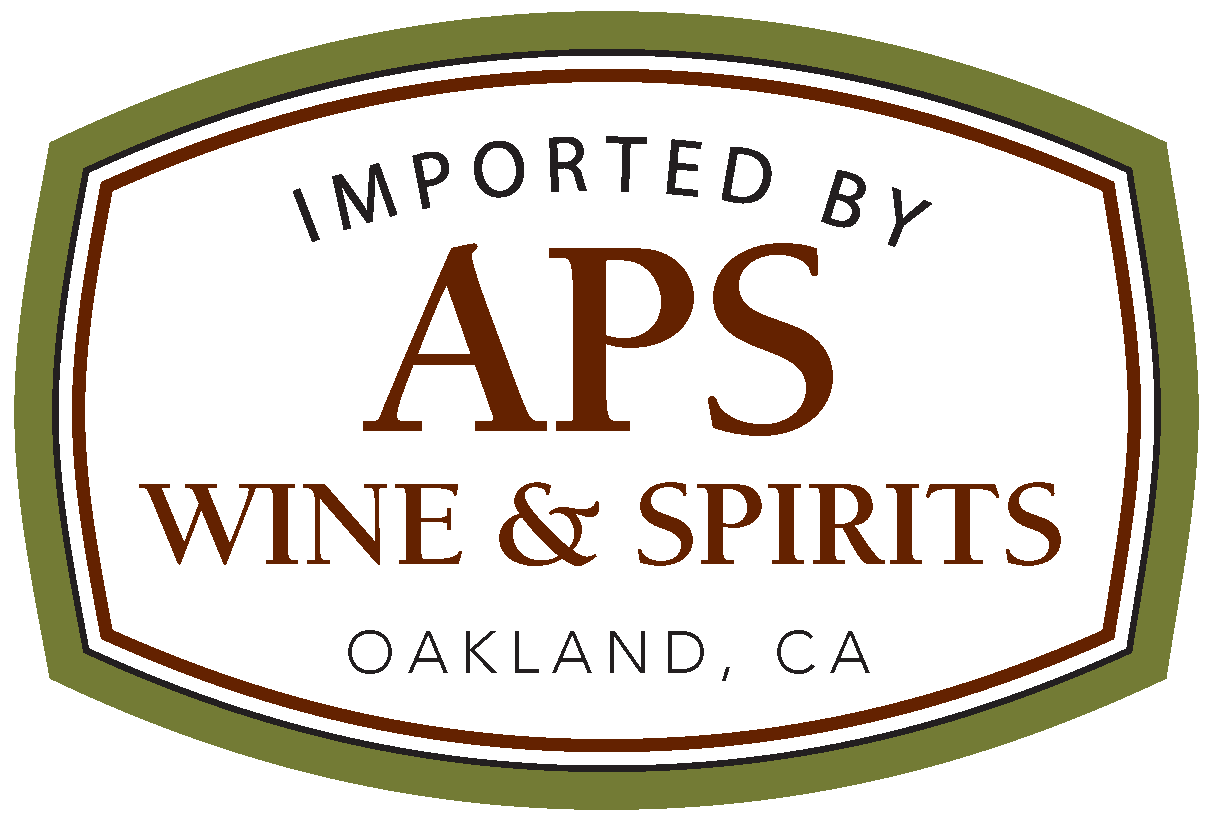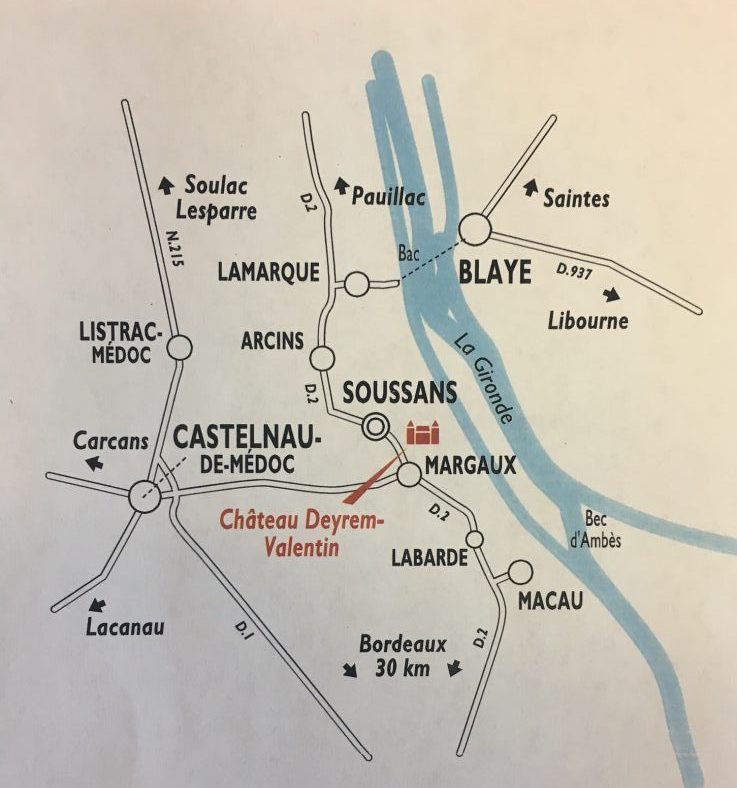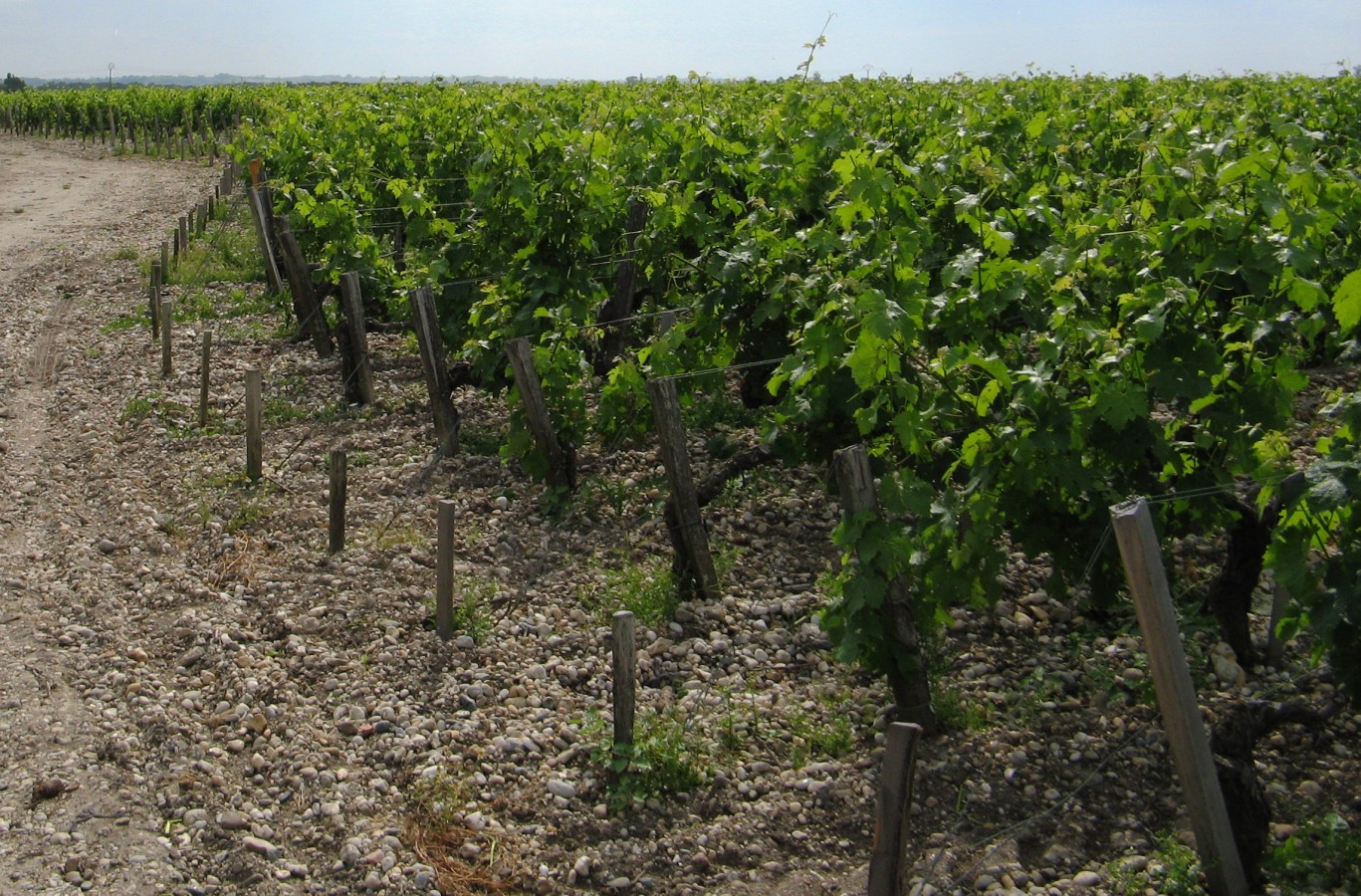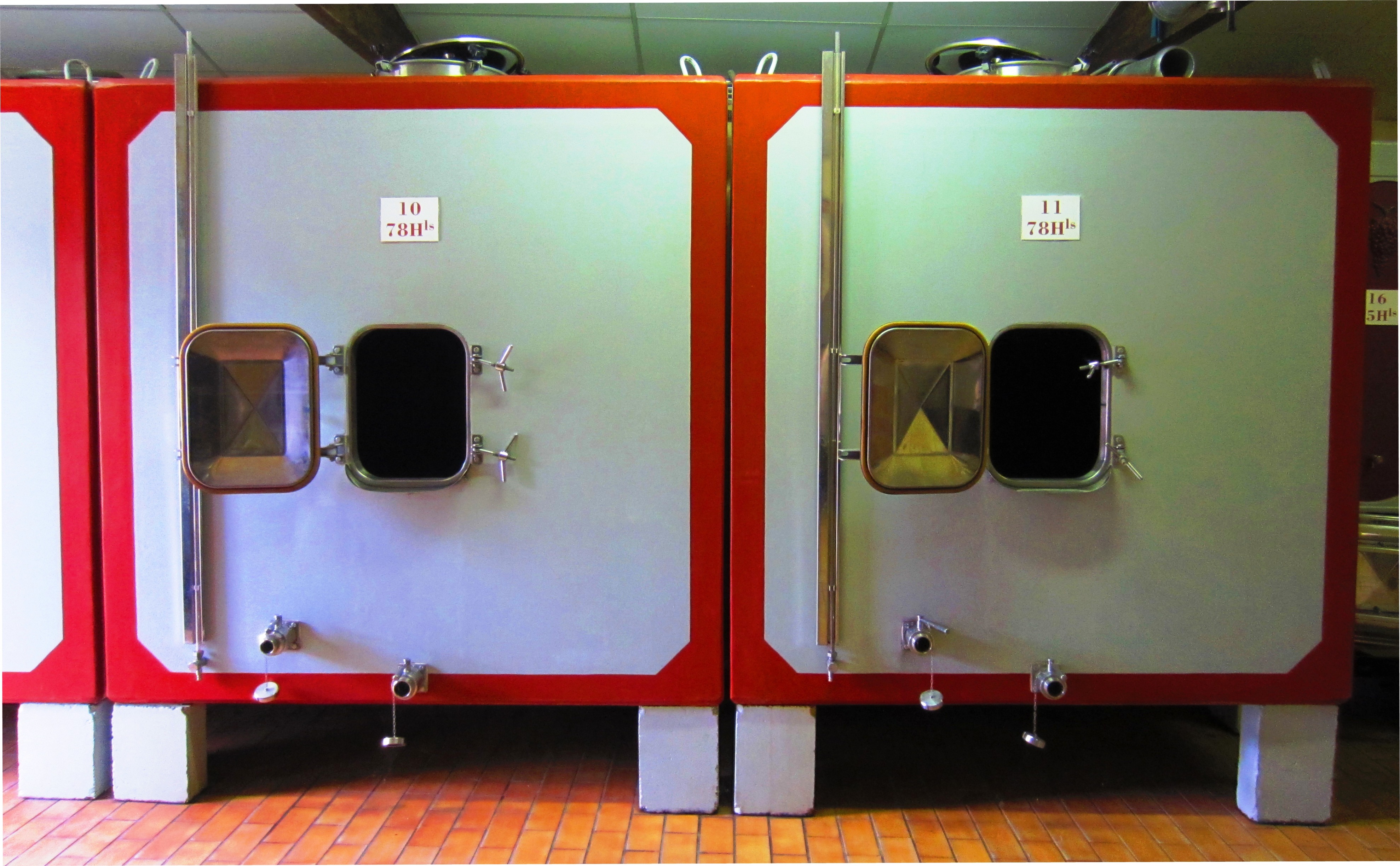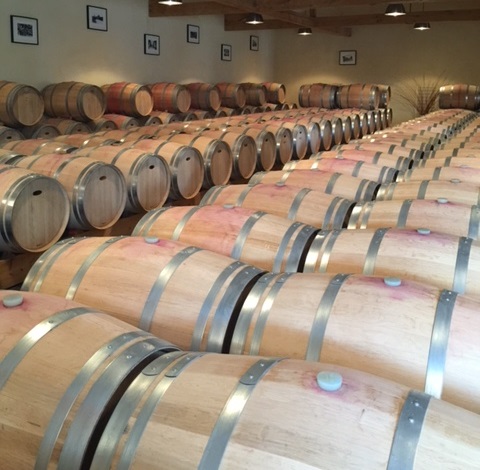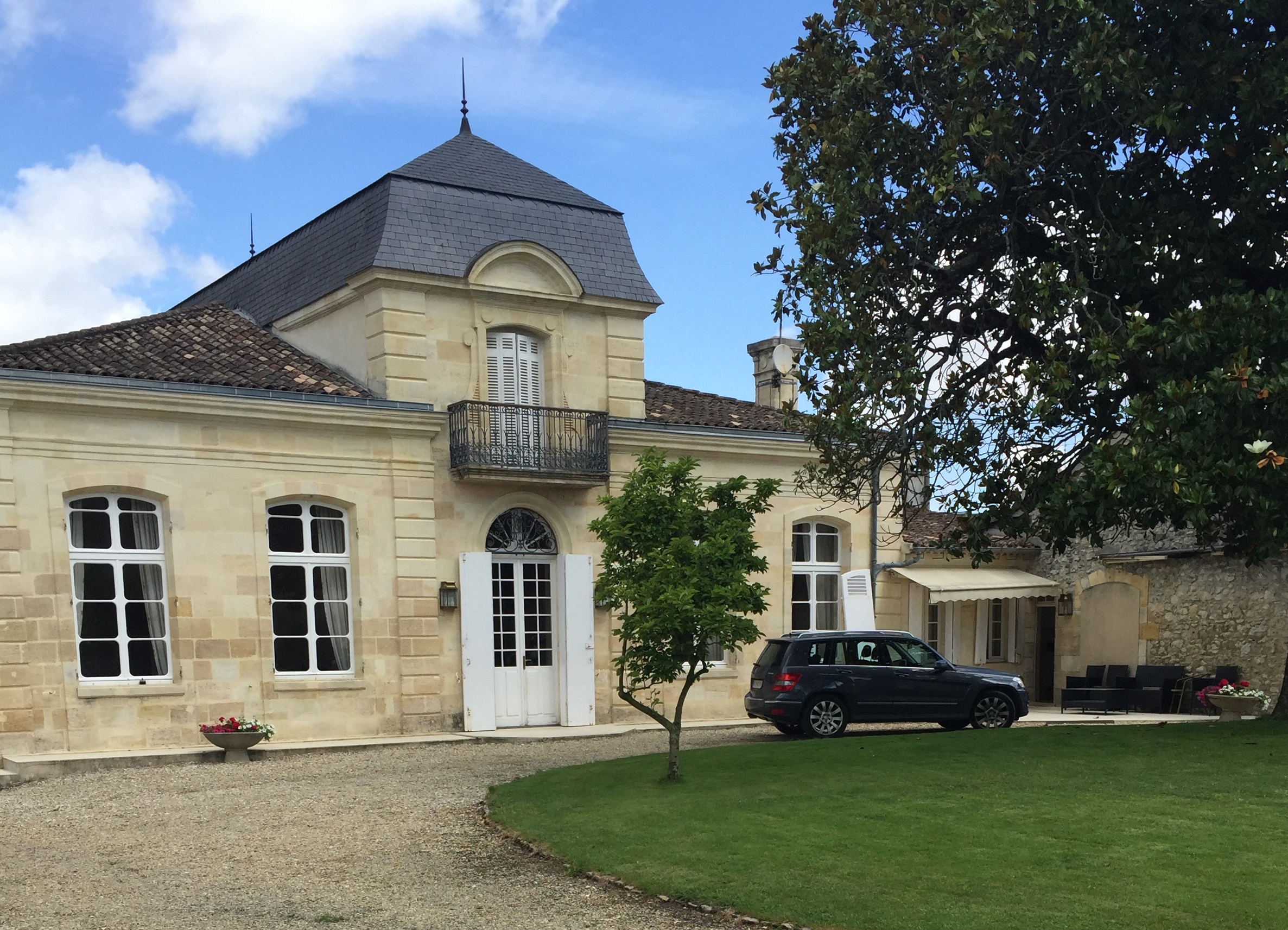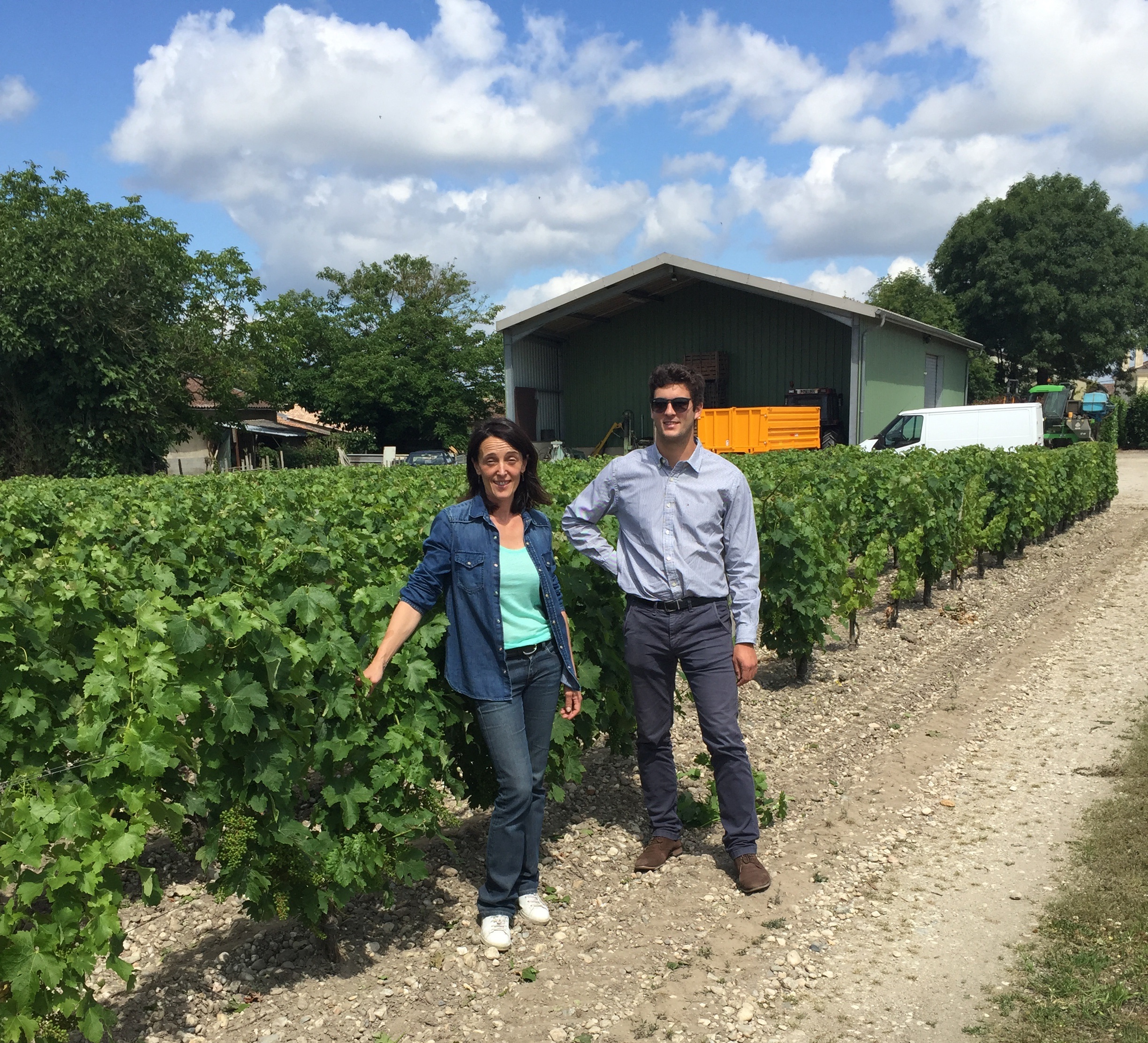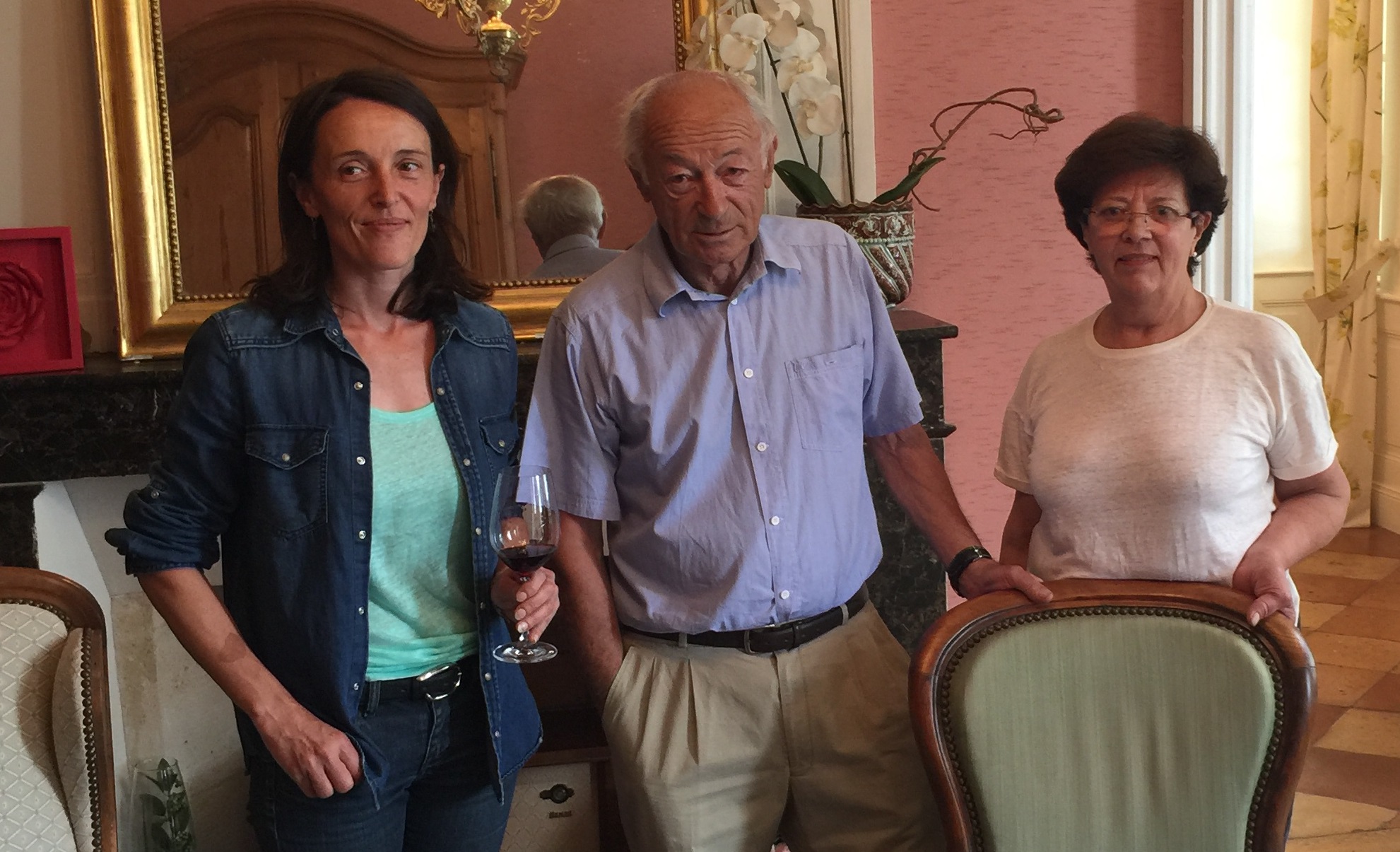POLISHED MINIMALISM
IN MARGAUX AND THE HAUT-MÉDOC
The Sorge family bought the Deyrem-Valentin estate at an auction in 1928, rescuing some of the oldest vines of Cabernet Sauvignon and Merlot in Margaux. Now all three of their wines, including Château Soussans and Château Valentin, are made in the cellars of Deyrem. In 2002 Jean Sorge passed his duties onto his daughter, Christelle. For those of you who haven’t had these wines in a few years, you should redirect your attention. And for those of you who are constantly searching afar for a peculiar grape or an impossible place, you should, once in awhile, look closer to home.
For three generations the Sorge family has farmed vineyards on the left bank of Bordeaux. Their cellar is in Marsac, the best part of the commune of Soussans, just north of Lascombes, Labégorce, and Margaux. Even though Soussans does not have the platinum zip code of Margaux, many of the classified estates in Margaux (including Château Margaux) have blankets of vines here, where the soil is pebble and gravels over sand and clay. Christelle’s choices are thoughtful: organic farming, sorting in the vineyard as well as the cellar, fermentation in only cement, and a conservative amount of new oak, which never exceeds 33%. She is a fierce moderate, making wines that are clean and shimmery but retain their appetizing core of soft and raw.
Christelle Sorge was born at Deyrem-Valentin. It is not only her work, it is her home. Christelle did a winemaking stint in Australia and staged at three classified first growths in Bordeaux (but she wouldn’t tell you because she is incredibly humble and shy). Just like Jean Dirler and the Menthon sisters, Christelle is a loyalist of the soil. When we first visited the family in the 1990s, we toured the property with Jean Sorge; as we approached the vineyards of Cabernet, there was Christelle, riding a tractor. Our first impression of her has unfolded into truth. In today’s glossy wine age, when so many Bordeaux wines are made by spreadsheets and finite numbers, the Sorge wines have become the outlier, and they like it that way. Christelle does not like Sledgehammer Bordeaux, and her passion is to make wines that are more quiet than loud. It’s so overplayed, but it’s so true… “balance and restraint,” those are her immediate words when she speaks about her wines. Even her personal style mirrors her wines. She’s a polished minimalist: petite, lean and cheekbone pretty without the added blush or bronze. More certain and perhaps a little less shy, 20 years later she’s still the same girl on the tractor.
The 3-hectare vineyard of Château Valentin is just west of Margaux in the commune of Avensan where her grandfather was born. Marked by ancient glacial soils deposited from the Pyrenees and the Massif Central, these gravelly soils are Cabernet friendly. Valentin is handpicked Cabernet Sauvignon from 57 year-old vines, balanced by Merlot and Petit Verdot (vines approaching 100 years of age). In classic Sorge winemaking, fermentation begins in cement vats, and the wine is finished in 2 and 3 year-old barrels, reused from the Château Soussans wine; bottled unfiltered. Blackberry and plum preserved with a soft leathery texture and a refined tannin/acid balance. Classic Claret that is about as “Back to the Future” as you can get.
Christelle’s affection for her 2014 Château Valentin Haut-Médoc comes across clearly:
Conditions were excellent in the spring enabling good and uniform flowering. The summer proved to be a little more difficult, but was not ultimately detrimental to the harvest. The real summer arrived late but gloriously with September and October providing exceptional sunny days almost without end, enabling us to obtain ripe, concentrated grapes and a classic Haut-Medoc that I am proud to put my name on. The harvest began on 30 September and finished on 17 October. Aged 12 months in barrels. The blend of my Château Valentin 2014 is 43% Cabernet Sauvignon, 37% Petit Verdot and 20% Merlot. The aromatic structure is very fine, while the tannins are pretty and well balanced with quite a long persistence in the mouth. The fruit on the palate is dark berry, cassis and blueberry accented by notes of allspice. Without exception, all who taste it want another glass.
Since 1928, the Sorge family has farmed vineyards on the left bank of Bordeaux. Their cellar is in Marsac, the best part of the commune of Soussans, just north of Lascombes, Labégorce, and Margaux. Even though Soussans does not have the platinum zip code of Margaux, many of the classified estates in Margaux (including Château Margaux) have blankets of vines here, where the soil is pebble and gravels over sand and clay. The geographic situation of Château Soussans’ vines is a gravel hilltop overlooking and running alongside the Garonne river. It regulates the micro-climate of these vineyards, and an old proverb rightly says “all the top terroirs face the Garonne estuary.” Soussans is indeed a top terroir.
Soussans is the middle sibling of the Sorge Family trio. The two-hectare vineyard, located within the Deyrem-Valentin property, is planted equally to Cabernet Sauvignon and Merlot. Like the vines of Deyrem, the vines of Soussans are organically farmed and set for Ecocert approval in 2025. Yes, they are younger vines, but they are not young. The 30 year-old+ plantings follow the same routine as Deyrem-Valentin: sorting in the vineyard as well as the winery, fermentation in cement, aging in 1/3 new oak for 12-15 months, fining with egg-whites and bottled unfiltered. Out of the bottle, Soussans scores a high plush-factor with its lip-gloss of black currant and raspberry, pink peppercorn, and savory charcoal.
Always a fine judge of her wines, Christelle is insightful about her 2019 Château Soussans:
“A mild, wet winter followed by a spring that was cool and rainy. Then came heat. The high temperatures in June and July stressed the vines: they were thirsty! A few showers at the end of July gave them a second wind. We harvested the Merlot from 25 to 29 September, and the Cabernet Sauvignon from 8 to 12 October. The blend of the final wine is 55% Merlot and 45% Cabernet Sauvingon. The vinifications went well, as the last of the sugar was converted to alcohol, and malolactic fermentation started very quickly in ideal conditions. From the first tastings, I was impressed by the quality of the Cabernet Sauvignon with a particularly delicious, delicate tannic structure, while the Merlot was remarkably aromatic. I find the natural acid balance of the wine to be in complete harmony. I am very satisfied. Très classique Claret, as my English friends say.”
Tasting through a great many 2019’s, Jancis Robinson reports that the Margaux appellation is her favorite this year:
“Margaux has a claim to be the most delightful and consistent appellation of all…I loved the fact that Margaux once agin tastes identfiably like Margaux, with haunting perfumes and lots of fruit. They were so alluring that they seemed almost approachable already.”
